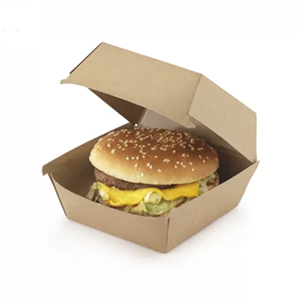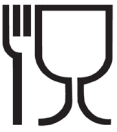Karlsruhe is often referred to as the construction site capital of Germany, and not without good reason. We often feel the same way when we are stuck in traffic jams on our way to RAJA in Ettlingen. Reason enough to take a closer look at the topic of construction sites. After all, numerous materials that we know only too well are used on construction sites: Pallets, boxes, cutters, ladders… and of course protective clothing. And that is of crucial importance on the construction site.
Personal protective equipment as a component of occupational health and safety
The wearing of protective work clothing must be made possible by the employer and is regulated in the Occupational Health and Safety Act.
Work on construction sites involves very high risks of injury compared to other sectors of the economy. Therefore, there is a special construction site ordinance for planning and implementing occupational health and safety for construction sites.
There are numerous hazards in the construction industry that make appropriate work clothing indispensable. Besides foot protection, fall protection, respirators, protective gloves, skin protection, protective clothing, eye and face protection, knee protection, hearing protection and, of course, head protection are crucial. So in a sense, the head has to be well “packed”. And when it comes to packing, we know.
Safety helmets for construction
58,872 occupational accidents involving head injuries were recorded by BG Bau in 2018. Of all fatalities, the head is most frequently cited as the injured body region, with 86 cases. In relation to the number of reportable accidents, this results in 1.4
deaths per thousand reportable accidents. The dangers that make head protection necessary on construction sites are particularly numerous: objects can fall, swing or fly away and the danger of hitting one’s head is very high. Industrial safety helmets are therefore absolutely necessary and must therefore be provided by the employer.
The safety hel mets consist of an outer helmet shell and an inner lining. The helmet shell absorbs the forces acting from the outside and transmits them to the interior fittings. Construction helmets must comply with DIN standard EN 397 (industrial safety helmets) and thus meet the following basic requirements:
- Shock absorption to protect against falling objects or swinging loads.
- Penetration resistance to protect against splashes and against dirt, but also against pointed and sharp objects
- Flame resistance
- Ensures a snug fit on the head thanks to an adjustable liner
The interior fittings usually consist of a six-point textile strap suspension and a rotating wheel system for width adjustment. Variable ventilation openings ensure good ventilation even in warmer temperatures.
Many helmets fulfil additional protective functions such as:
- protection at very low temperatures (down to -30°C) or very high temperatures (+150°C)
- certain electrical insulating properties e.g. up to 440 V.
In addition, industrial safety helmets must be marked with a label containing the following information:
- The CE mark and the identification number of the notified body that monitors production (by affixing the CE mark, the manufacturer confirms that the product complies with the applicable European directives).
- The applied standard (EN 397 for industrial safety helmets)
- Name and mark of the manufacturer
- Year and quarter of manufacture
- Type designation of the manufacturer
- Size or size range (head circumference in cm)
- In the case of industrial safety helmets, the abbreviation of the helmet material used (e.g. PE for polyethylene).
Durability of helmets
According to the DGUV, industrial helmets made of thermoplastics (PE, PP, PC and ABS) should be used for a maximum of 4 years from the date of manufacture, as their protective effect deteriorates due to factors such as weathering, UV radiation and air pollution. After a hard blow or if the helmet has fallen to the ground, it should also be replaced immediately, because the stability can also be limited by invisible changes.
What is it about the colours?
On construction sites, there are usually many different workers wearing helmets in different colours. And there is a reason for this: each colour stands for a function or task of the respective person on the construction site. Admittedly, this is not an official requirement and the helmet colour often differs depending on the construction company and the size of the construction site. On large construction sites, however, the following colour classification is often found:
- White helmets are often worn on construction sites by persons who do not have permanent access to the construction site or are not permanently present there. White helmets are usually worn by visitors, but also by members of the site management or foremen.
- Yellow helmets are usually worn by bricklayers or storekeepers.
- Orange helmets are worn by ironworkers and reinforced concrete workers, green helmets by carpenters and blue helmets by locksmiths or sanitary workers.
So the next time there is a traffic jam in front of the construction site, we know exactly who is working there. 🙂
















